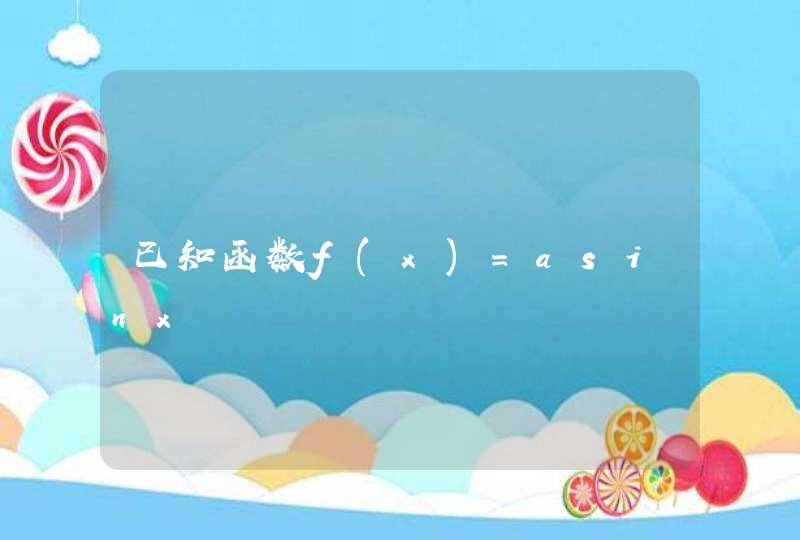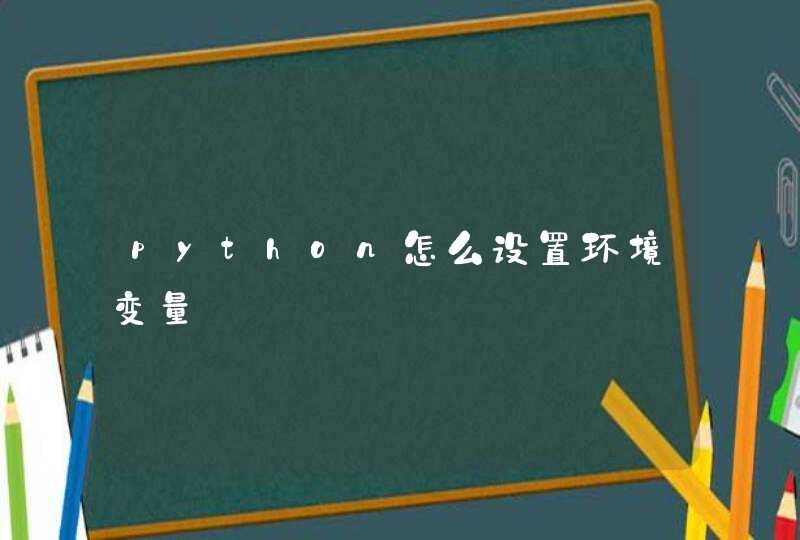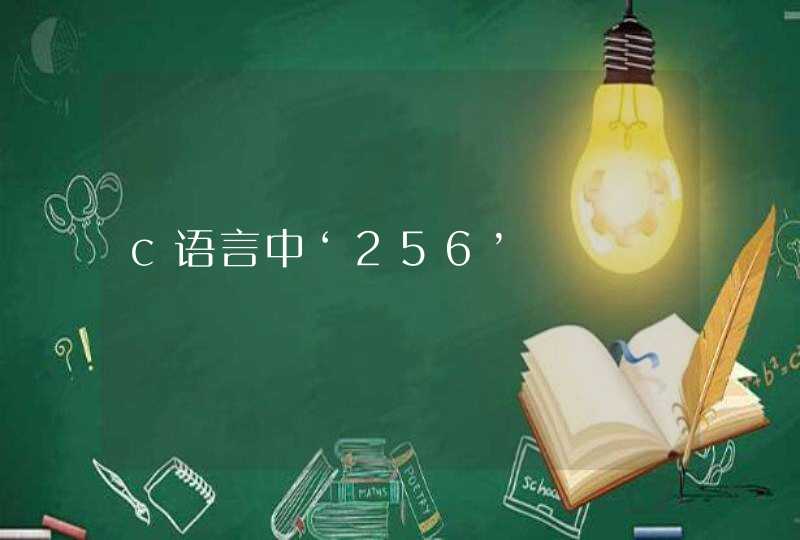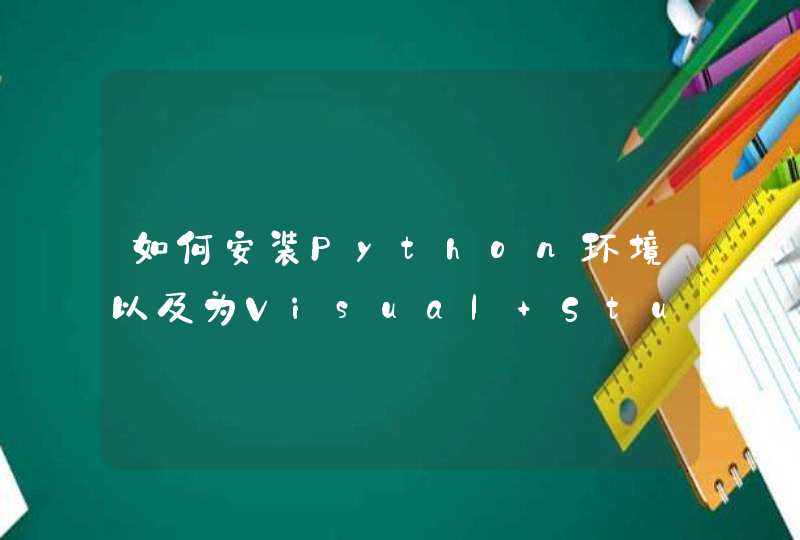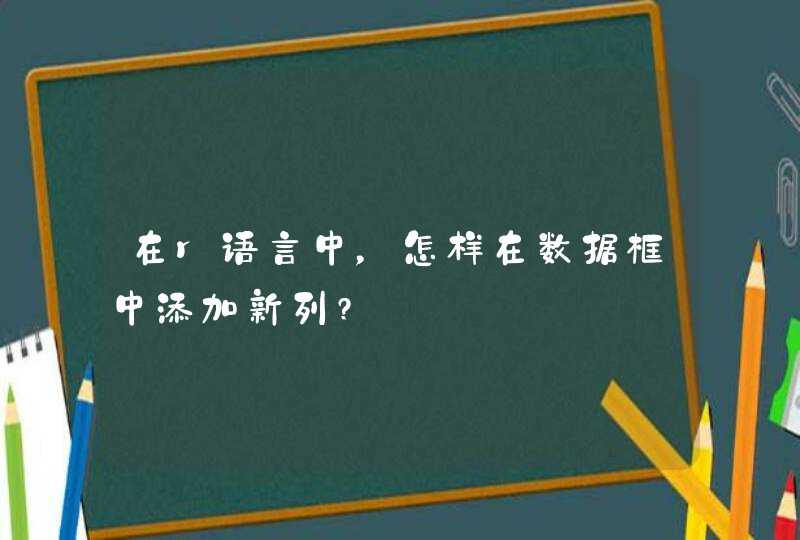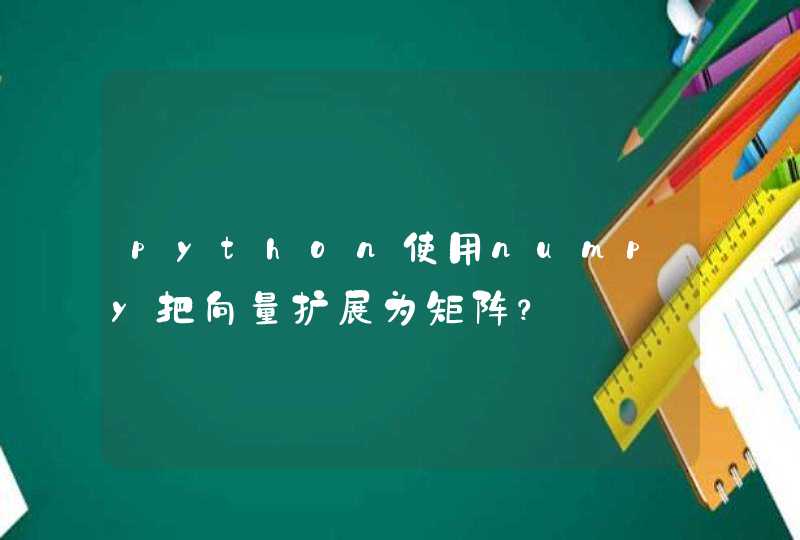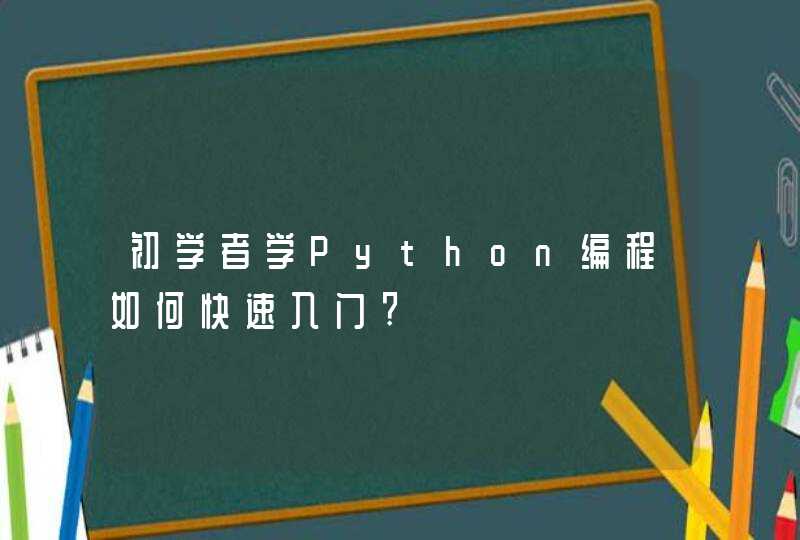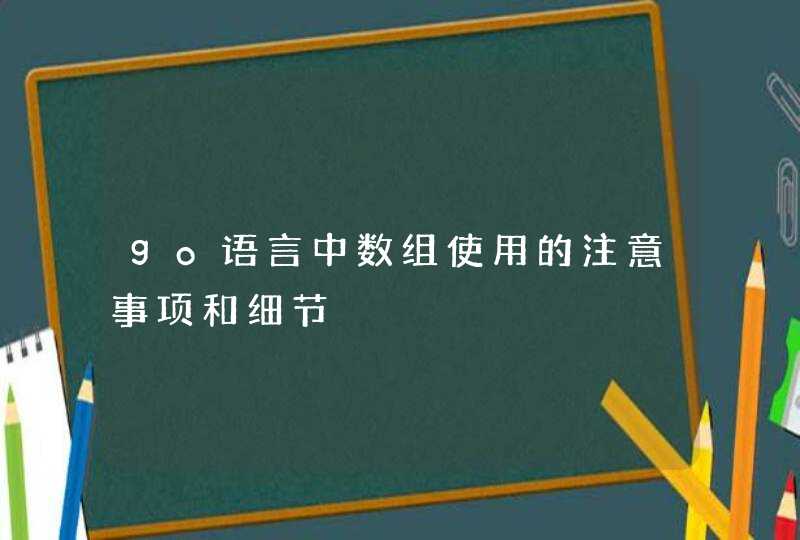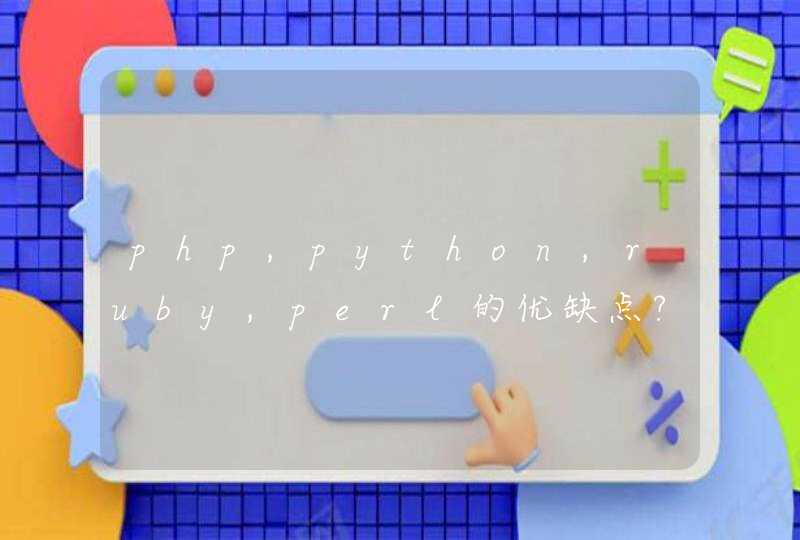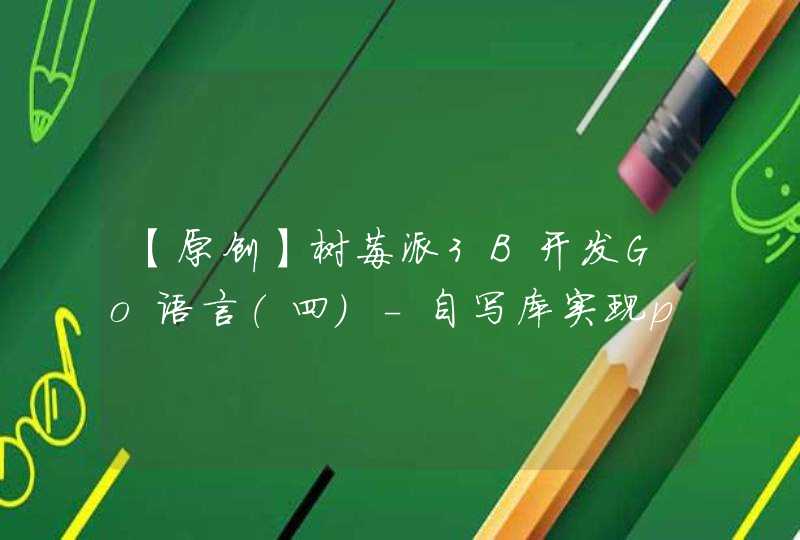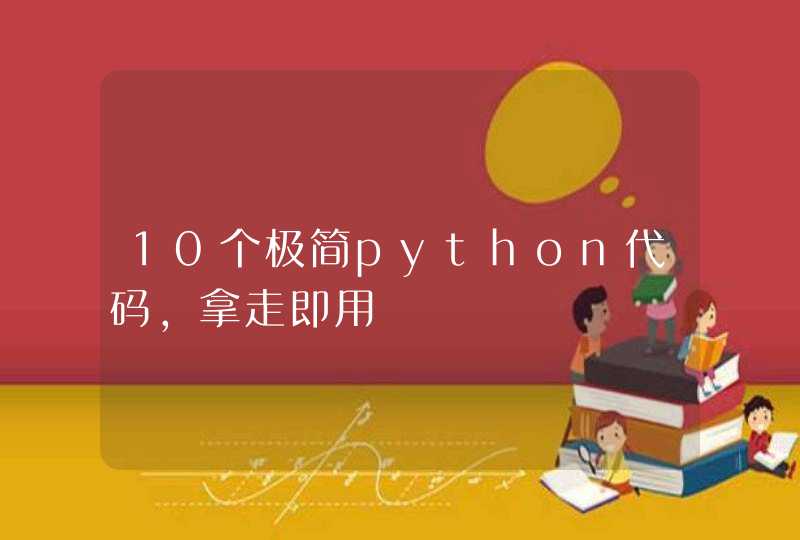
public class BigInt {
private String data_str//原始数据
private int digit//数据位数
private int[] data//大数
private boolean carry = false//进位标识符
/**
* setter and getter
*/
public boolean isCarry() {
return carry
}
public void setCarry(boolean carry) {
this.carry = carry
}
public String getData_str() {
return data_str
}
public void setData_str(String data_str) {
this.data_str = data_str
}
public int[] getData() {
return data
}
public void setData(int[] data) {
this.data = data
}
public int getDigit() {
return digit
}
public void setDigit(int digit) {
this.digit = digit
}
//构造方法
public BigInt(){}
public BigInt(String str_data)
{
this.setData_str(str_data)
}
//基本操作
/**
* 形成大数 初始化
*/
public void initBInt()
{
this.setDigit( this.getData_str().length() )
this.data = new int[this.getDigit()]
//将字符组成的大数逆序放入int[] data中
for(int i = 0, j=this.getDigit() i
{
// 1104 -->data[0] = '4',data[1] = '0',data[2]=1, data[3]= '1'
this.data[i] = Integer.parseInt( this.getData_str().substring(j-1,j) )
}
}
/**
* 进行大数相加操作
*/
public void add( BigInt bint)
{
//this的位数大于bint的位数
if( this.getDigit() <bint.getDigit() )
{
int[] datatemp = this.getData()
this.setData( bint.getData())
bint.setData( datatemp)
this.setDigit(this.getData().length)
bint.setDigit(bint.getData().length)
}
//将短的那个先加完
int i =0
for(i
{
int tdata = 0
//上次运算有进位
if( this.isCarry())
{
tdata = this.getData()[i] + bint.getData()[i] +1
//取消进位标识
this.setCarry(false)
}
else tdata = this.getData()[i] + bint.getData()[i]
//本次结果无进位
if(tdata <10) this.data[i] = tdata
//本次结果有进位
else if(tdata >=10)
{
this.data[i] = tdata -10
this.setCarry(true)
}
} //短的那个加完了
//剩余数的处理
for(i
{
//有个进位的
if(this.isCarry())
{
int tdata = this.data[i]+1
if(tdata >=10) this.data[i] = tdata -10
else
{
this.data[i] = tdata
this.setCarry(false)
}
}
}
//对最高位益处检测
if(this.data[this.getDigit()-1] == 0)
{
int[] tdata = new int[this.getDigit()+1]
System.arraycopy(this.getData(), 0, tdata, 0, this.getDigit())
tdata[this.getDigit()] = 1
this.setData(tdata)
}
}
}
其中代码段
//对最高位益处检测
if(this.data[this.getDigit()-1] == 0)
{
int[] tdata = new int[this.getDigit()+1]
System.arraycopy(this.getData(), 0, tdata, 0, this.getDigit())
tdata[this.getDigit()] = 1
this.setData(tdata)
}
将大整数存入字符数组,按位相加。 给你写一段伪代码。String a = "12389839843958394"
String b = "23445655234343"
char ac [] = a.toCharArray()
char bc [] = b.toCharArray()
这里要将数组ac 和bc 倒序排列,因为"123"转换后为{'1','2','3'} 高位在前,倒序是为了低位在前。这部分代码自己实现把。
char longc[]
char shortc[]
if (ac.length>=bc.length) {
longc=ac
shortc=bc
} else {
longc=bc
shortc=ac
}
下面做一个for循环,按位相加乘以10的i次方。就像小学学的列竖式子一样
int sum=0
for (int i=longc.lengthi<longc.lengthi++) {
if (i<shortc.length) {
sum+=(longc[i]+shortc[i]-96)*Math.pow(10, i)
} else {
sum+=(longc[i]-48)*Math.pow(10, i)
}
}
其中字符相加的时候减48是将char 转换成int
publicstatic void main(String[] args) {
// TODO Auto-generated method stub
List<Integer>bigNumber =
new LinkedList<Integer>()
for(int i = 0i <30i++) {
bigNumber.add(7)
}
List<Integer>bigNumber1 =
new LinkedList<Integer>()
for(int i = 0i <30i++) {
bigNumber1.add(6)
}
System.
out.println("bigNumber:"+bigNumber)
System.
out.println("bigNumber1:"+bigNumber1)
List<Integer>m = addMethod(bigNumber, bigNumber1)
for(int i = m.size()-1i >=0i--){//因为是顺着放进去的,所以应该倒着取出来。
System.
out.print(m.get(i))
}
}
public static List<Integer>addMethod(List<Integer>a, List<Integer>b) {
List<Integer>sum =
new LinkedList<Integer>()
int ii = 0 //存储十位上的数
for(int i = 0i <30i++) {
int temp
if(ii >0){
temp = a.get(i) + b.get(i) + ii
//当十位上有数字是就应该加上
ii = 0
}
else{
temp = a.get(i) + b.get(i)
}
if(temp >= 10) {
int u = temp%10
int y = temp/10
sum.add(u)
ii = y
if(i == 29){ //当加到最后一位时,应该把十位也放进结果里
sum.add(ii)
}
}
else {
sum.add(temp)
}
}
return sum
}



